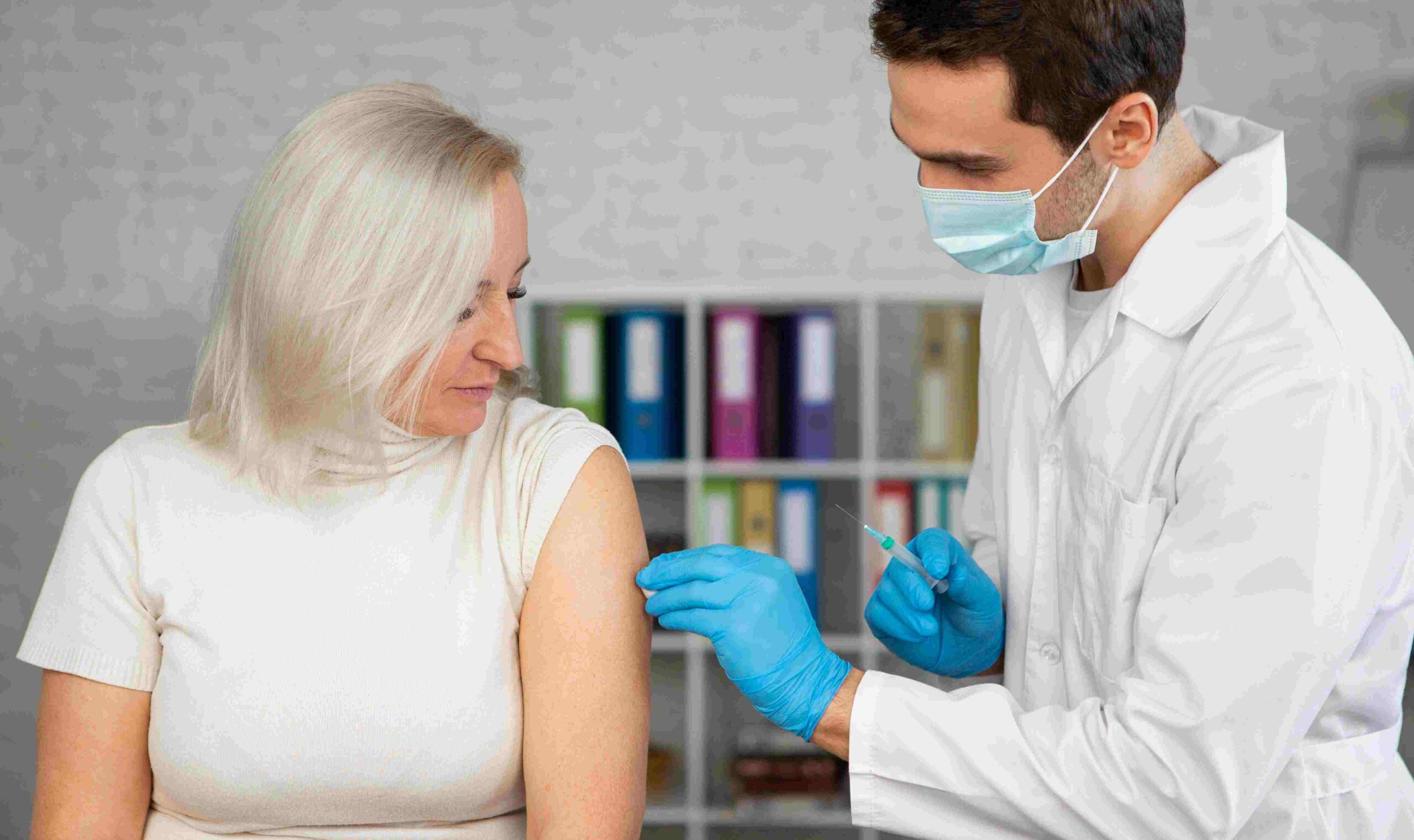In our interconnected world, the concept of a wellness check is meant to be a safety net – a way for friends, family, or authorities to ensure someone’s well-being. However, there is a fine line between genuine concern and potential harassment.
In this blog post, we will explore the factors that distinguish a wellness check from harassment and discuss how to strike the right balance.
Understanding Wellness Checks
Wellness checks, also known as welfare checks, are intended to ensure the safety and health of individuals who may be at risk. They are typically initiated by concerned friends, family members, or even the authorities when there is a belief that someone may be in danger or experiencing a crisis.
The primary goal of a wellness check is to verify an individual’s safety and well-being. This may involve contacting the person directly, visiting their home, or involving the appropriate authorities to intervene if necessary.
Wellness checks are rooted in a genuine concern for someone’s welfare.
Signs of a Legitimate Wellness Check
1. Concern for Safety
A legitimate wellness check begins with a genuine concern for the person’s safety. This concern may arise from observable changes in behavior, communication, or circumstances that raise red flags.
2. Established Relationship
Wellness checks are often initiated by individuals who have an existing relationship with the person in question. Friends, family, neighbors, or coworkers are more likely to have a valid reason for concern based on their familiarity with the individual’s habits and patterns.
3. Consistent Communication
A lack of communication or sudden changes in regular communication patterns may trigger a wellness check. If someone who is usually responsive and communicative suddenly goes silent, it may prompt those close to them to check in on their well-being.
When Does a Wellness Check Cross the Line into Harassment?
While wellness checks are meant to be acts of kindness, they can potentially become harassing if certain boundaries are crossed.
1. Excessive Intrusion
Repeated and excessive attempts to contact an individual, especially after they have expressed a desire for privacy, can transform a wellness check into harassment. It is crucial to respect personal boundaries and allow the person space if they request it.
2. Unfounded Suspicion
If a wellness check is initiated without any valid reason or evidence of concern, it may be perceived as an unwarranted intrusion. Baseless accusations or suspicions can lead to unnecessary stress and anxiety for the person being checked on.
3. Involvement of Authorities Without Cause
In some cases, involving law enforcement without a clear indication of danger can escalate a situation unnecessarily. This may not only be distressing for the individual but can also strain their relationship with the authorities.
Tips for a Respectful Wellness Check
1. Open Communication
Before resorting to a wellness check, try open communication. Express your concerns directly to the person if possible, allowing them the opportunity to share their situation and reassure you of their well-being.
2. Respect Privacy
Respect the person’s right to privacy. If they express a desire for space or request that you refrain from contacting them, honor their wishes. Pushing boundaries can escalate the situation and potentially damage the relationship.
3. Consider Alternatives
Before involving authorities, explore alternative ways to check on someone’s well-being. Reach out to mutual friends, family members, or neighbors who may have insights into the person’s current situation.
4. Documentation of Concerns
If you genuinely believe a wellness check is necessary, document your concerns. This can include changes in behavior, alarming statements, or any other indicators that may justify the need for intervention. Having a clear rationale can help ensure that the check is viewed as legitimate.
FAQs
Q1: How do you know if someone is harassing you?
Ans: Harassment can manifest in various forms, including persistent unwanted communication, invasion of privacy, or actions that cause distress. If you feel consistently uncomfortable or threatened by someone’s behavior, it may be a sign of harassment. Trust your instincts, set clear boundaries, and seek support from friends, family, or authorities if needed.
Q2: What is a wellness check in Canada?
Ans: In Canada, a wellness check is a process where authorities or concerned individuals assess the well-being of someone who may be in distress or at risk. It typically involves contacting the person directly or visiting their residence to ensure their safety. The goal is to offer support and assistance to individuals facing potential crises.
Q3: Can the police do a welfare check in the UK?
Ans: Yes, in the United Kingdom, the police can conduct welfare checks. If there is a genuine concern for someone’s safety or well-being, the police may be called upon to intervene and assess the situation. It’s important to note that involving the police in a welfare check should be reserved for situations where there is a legitimate concern for the person’s safety.
Q4: How to do a welfare check in Australia?
Ans: In Australia, if you are concerned about someone’s well-being, consider the following steps:
- Communication: Reach out directly to the person to express your concerns and offer support.
- Contact Friends or Family: If you are unable to reach the person, try contacting their friends or family who may have insights into their situation.
- Emergency Services: If there is an immediate and serious concern for the person’s safety, contact emergency services for a welfare check.
It’s essential to approach welfare checks with sensitivity and respect for the individual’s privacy while prioritizing their safety.
Conclusion
While wellness checks are well-intentioned, it’s crucial to approach them with sensitivity and respect for personal boundaries. By understanding the signs of a legitimate wellness check and recognizing when intervention may become harassment, we can collectively contribute to a safer and more supportive community.
Remember, the key is to strike a balance between caring for others and respecting their autonomy.
Sahil Sachdeva is the Founder of curemedoc.com and a Digital Marketing professional with years of experience. If you need help in Content writing and want to increase your website ranking, connect with him, as he has some premium websites where you can share blogs with DoFollow links and increase your website’s ranking on Google.





